Rug Pulls in Crypto — What They Are and How to Spot Them
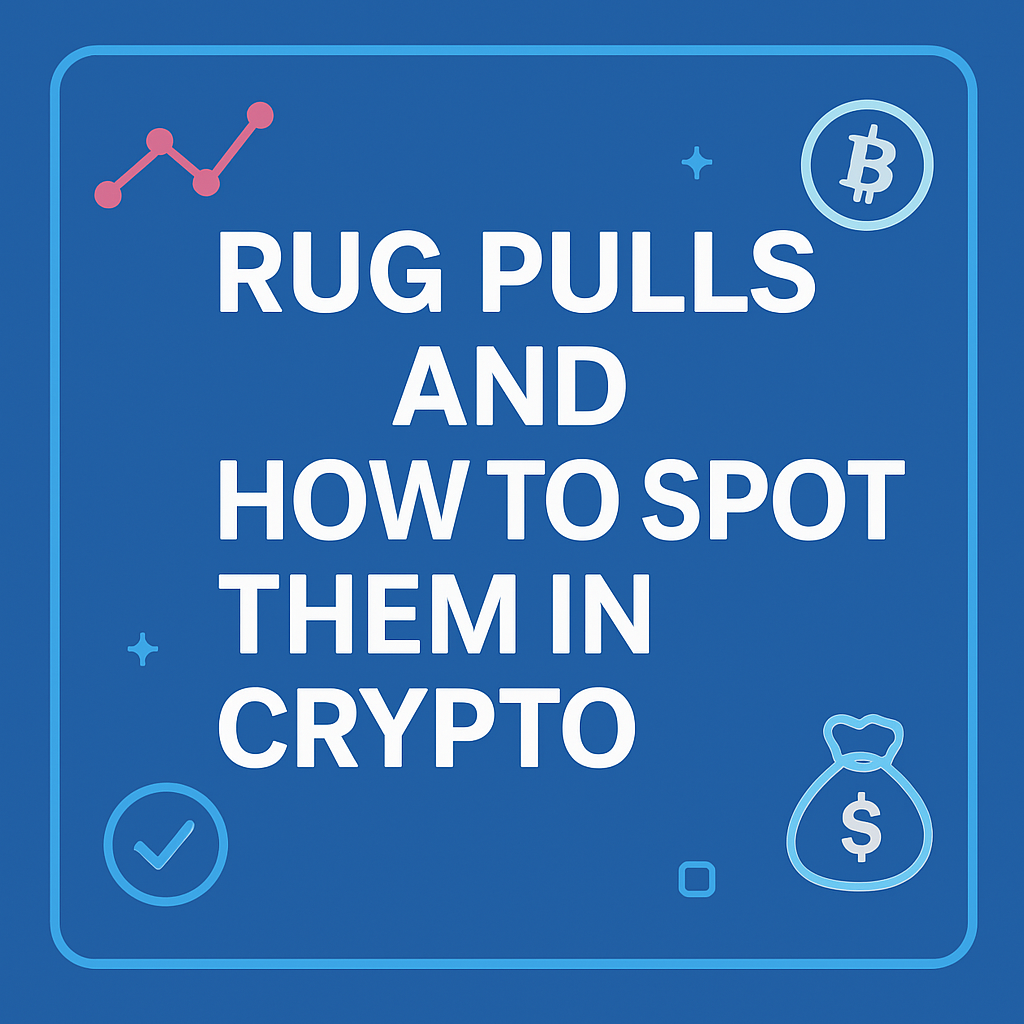
New to crypto? Heard about rug pulls but not sure what that means? Let’s break it down simply — with real examples and tips to stay safe
What is a Rug Pull?
A rug pull is a form of exit scam in which the developers of a crypto project extract investor funds and abandon the project, typically through smart contract vulnerabilities, unrestricted token privileges, or by manipulating liquidity.
Rug pulls often occur in projects with minimal transparency, unaudited contracts, and hyped-up marketing. They are especially prevalent on permissionless decentralized exchanges (DEXs) like Uniswap and PancakeSwap, where token listings are unregulated.
Real-World Example: Squid Game Token (SQUID)
In 2021, a token called Squid Game (unaffiliated with the Netflix series) gained traction through viral marketing and social media buzz. Within days, its price surged to over $2,800. However, users quickly discovered they were unable to sell due to a built-in anti-sell mechanism coded into the smart contract.
Shortly after, the developers removed liquidity and disappeared with approximately $3 million worth of investor funds — a textbook liquidity rug. No official identities were associated with the team, and no audits had been performed on the smart contract.
Types of Rug Pulls :
- 1. Liquidity Withdrawal (Liquidity Rug)
Developers create a token and pair it with ETH or BNB on a DEX. As investors trade and add liquidity, the pool grows. The devs then remove all liquidity from the pool, making the token illiquid and unsellable.
- Technical marker: Liquidity is not locked via a smart contract (e.g., on platforms like Unicrypt or Team Finance).
- Example: An investor holds $1,000 worth of a token but cannot sell it because the ETH/token pool has been drained.
2. Token Dumping
The development team holds a significant portion of the token supply. As demand increases and price rises, they sell large volumes on the open market, crashing the price and devaluing holders' positions.
- Technical marker: Wallet distribution on Etherscan shows high token concentration in a few addresses.
- Impact: Sudden 80–90% drop in price due to a lack of liquidity depth.
3. Backdoor Smart Contracts
Malicious code is embedded in the smart contract, allowing developers to mint unlimited tokens, disable transfers, or transfer user funds.
- Technical marker: Functions like
mint(),transferFrom(), or custom backdoor functions are unrestricted and not time-locked. - Detection: Requires code review or use of tools like TokenSniffer or MythX.
Red Flags to Watch For
- Anonymous team (no faces, fake names)
- Promises of huge returns (like “1000% in a week!”)
- No third-party audit of the smart contract
- New project but already hyped up with bots
- Liquidity isn’t locked (they can take the money anytime)
- Copy-paste whitepaper or no real use case
Technical Due Diligence: Simple On-Chain Checks
✅ Etherscan / BSCScan
- Search the contract address.
- Check token holders — if >50% of tokens are in a single wallet, it’s a major risk.
- Review the contract tab for suspicious functions or upgradability.
✅ TokenSniffer
- Analyze the contract for known scam patterns.
- Detect unrestricted minting, honeypot mechanics (buy only), and high tax fees.
✅ Rugdoc.io
- Community-driven DeFi project review platform.
- Rates projects as “low,” “medium,” or “high” risk based on smart contract structure.
✅ Developer and Community Research
- Search for developer profiles across LinkedIn, GitHub, Twitter.
- Active, transparent communities are typically a positive sign.
- Avoid hype-driven Discords or Telegrams with no real dialogue.
Look at the Tokenomics (how the coin works)
Ask:
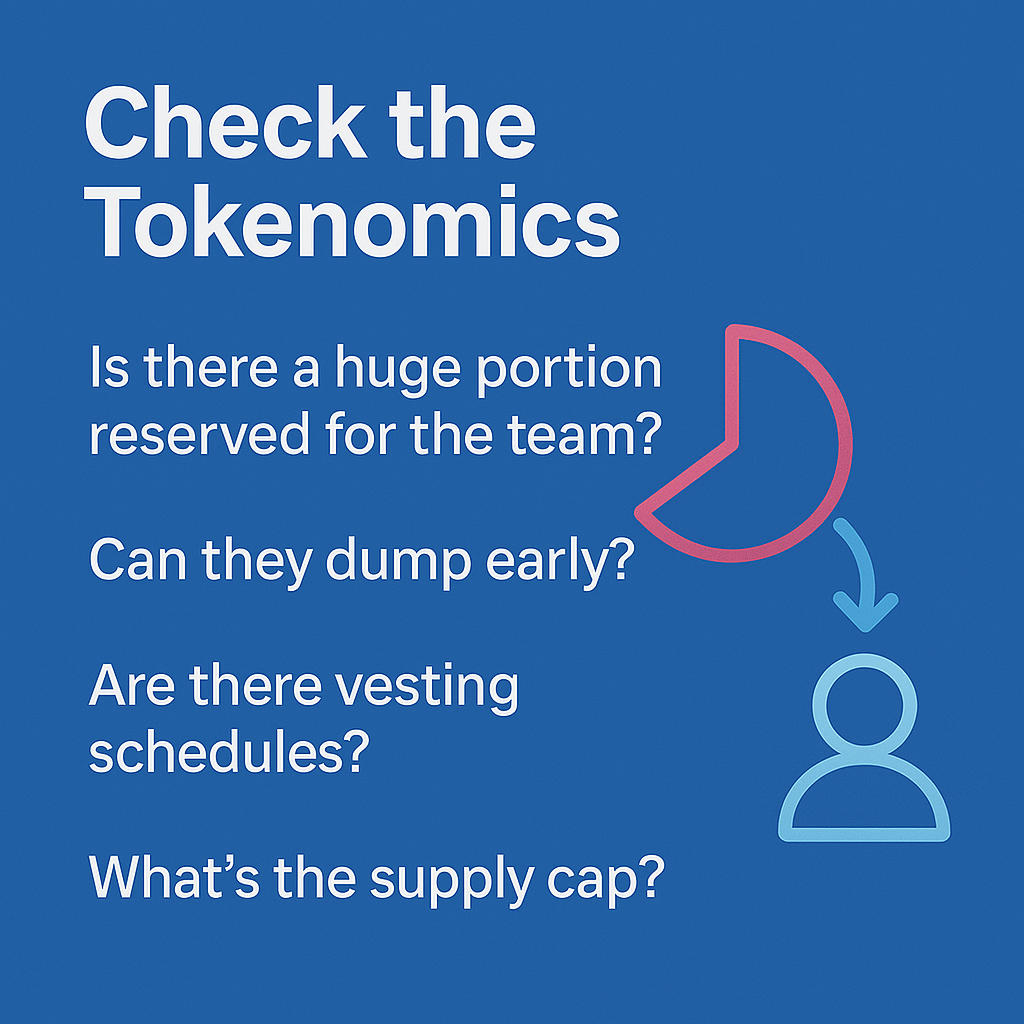
- Can the devs mint more tokens anytime?
- Are tokens locked or can they dump on day one?
- How many coins go to the team vs. the community?
Bad tokenomics = high risk.
Ask Yourself This Before Investing:
✅ Is this solving a real problem?
✅ Do I understand how it works?
✅ Are the devs showing their faces?
✅ Is there real community engagement (or just hype)?
✅ Would I still invest if it wasn’t trending?
Final Thoughts
Rug pulls are one of the biggest dangers in crypto. But if you slow down, do a little research, and trust your gut — you can avoid them.
The golden rule: If it looks too good to be true, it probably isn't.
Stay safe, frens 🤝
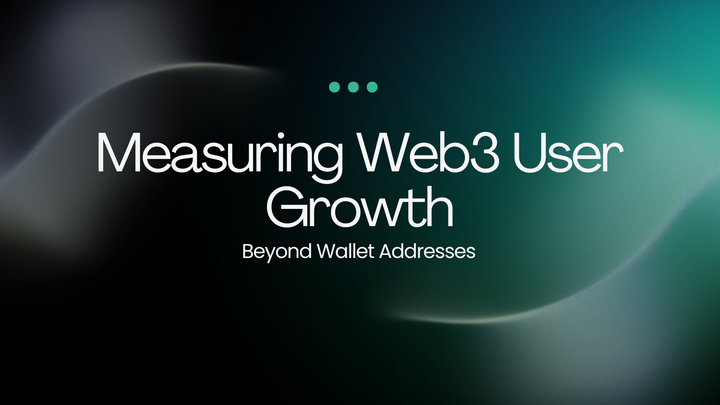
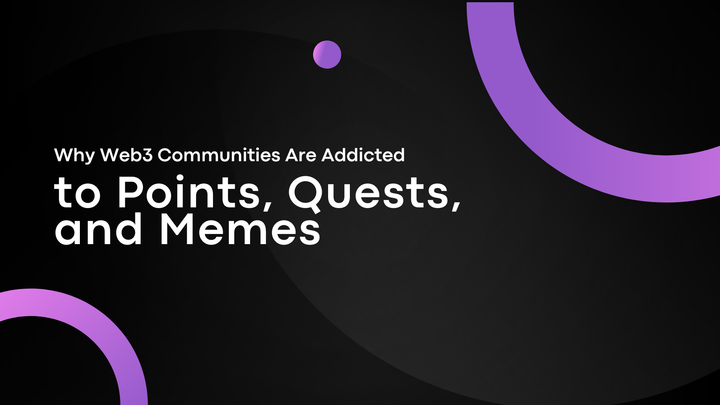
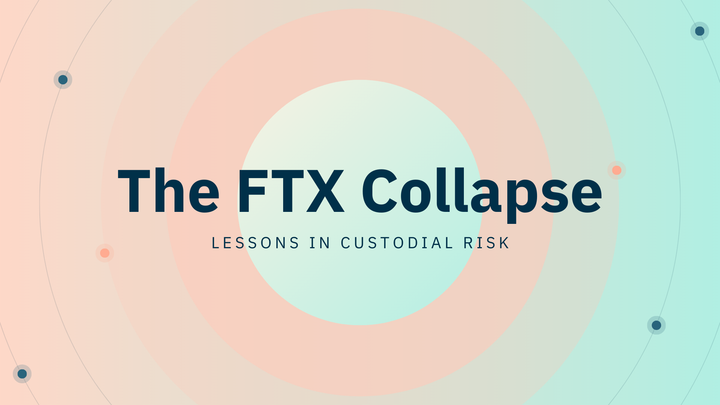
Comments ()